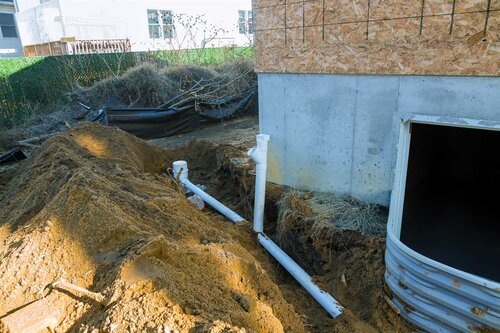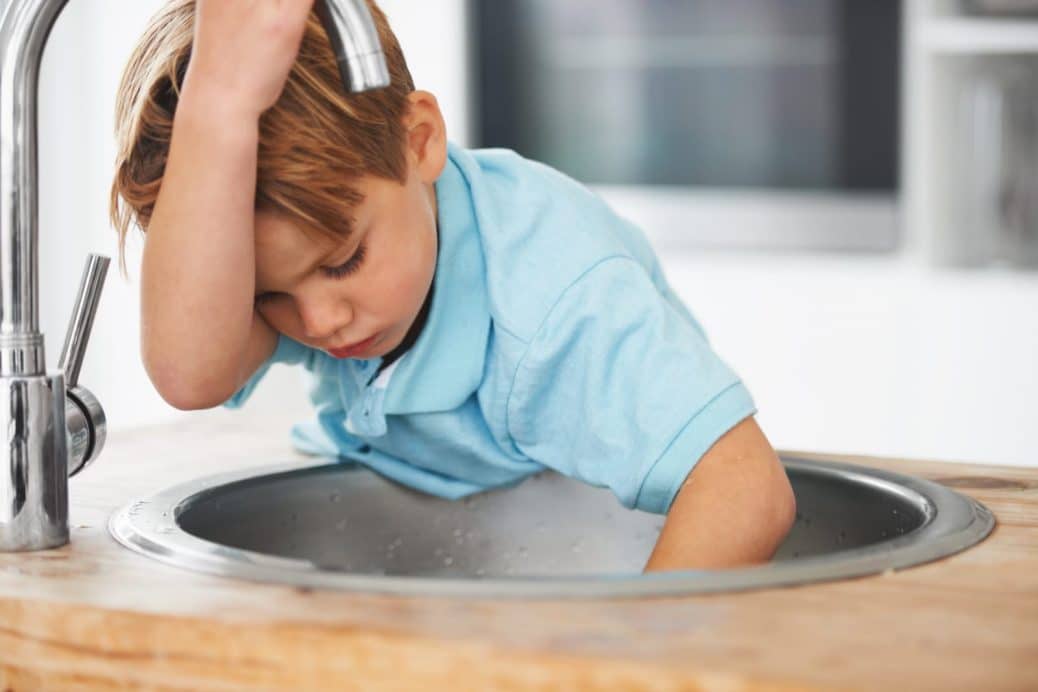Gaining Acquainted with Home Plumbing Basics: A Beginner's Handbook
Gaining Acquainted with Home Plumbing Basics: A Beginner's Handbook
Blog Article
What're your opinions regarding What to Know About Plumbing: Basics, Tips, and Insights?

Plumbing is a vital element of any home, responsible for supplying clean water for alcohol consumption, food preparation, and showering, along with getting rid of wastewater safely. Recognizing the fundamentals of home plumbing is vital for every single homeowner to ensure appropriate upkeep, troubleshooting, and, if needed, repair work. In this newbie's guide, we'll cover the essential concepts of home plumbing to help you become a lot more familiar with how it works.
Water Furnace
The water heater is accountable for heating water for domestic use, consisting of bathing, food preparation, and cleansing. Typical kinds of hot water heater include tank-type water heaters, tankless (on-demand) water heaters, and heat pump hot water heater. The hot water heater is attached to the supply of water system and provides warm water to plumbing components as required.
Drainage System
The drain system eliminates wastewater from your home and carries it away to a sewage therapy facility or septic system. It includes a network of pipes, fittings, and fixtures that carry wastewater from plumbing components to the major drain line or septic system. Appropriate water drainage is necessary to protect against obstructions, backups, and sewer leakages.
Air flow System
The air flow system assists preserve proper air pressure and protect against sewer gases from entering your home. Vent pipelines, likewise known as vent heaps, prolong from plumbing components to the roof covering, enabling sewage system gases to escape safely outside. Ventilation pipelines additionally allow air to enter the drain system, facilitating smooth wastewater circulation and protecting against suction or vacuum results.
Water System
The water system brings clean water into your home from a local water source or an exclusive well. It consists of a main water line that attaches to your home's plumbing system, normally located underground. A water meter determines the amount of water eaten, while a shut-off valve allows you to regulate the flow of water right into your home.
Plumbing Components
Plumbing components are devices that deliver water to different parts of your home and consist of sinks, faucets, toilets, showers, bathtubs, and home appliances such as dishwashing machines and washing machines. Each component is attached to the water system by means of pipelines and fittings and might have its shut-off valve for maintenance or emergencies.
Common Plumbing Devices
Having the right devices available is important for carrying out fundamental plumbing repair work and upkeep tasks. Usual plumbing devices include flexible wrenches, monkey wrench, pliers, pipe cutters, hacksaws, bettors, augers (or drain snakes), and Teflon tape. Having these tools easily offered can assist you deal with small plumbing concerns effectively.
Basic Plumbing Fixings
While some plumbing repair services might call for specialist support, numerous common concerns can be attended to with standard DIY strategies. Knowing just how to fix a leaking faucet, unblock a drainpipe, replace a toilet flapper, or fix a trickling showerhead can save you money and time on plumbing repair services.
Verdict
Understanding the fundamentals of home plumbing is crucial for every homeowner to keep a secure, useful, and efficient plumbing system. By acquainting on your own with the water system, plumbing components, water drainage system, air flow system, typical plumbing devices, and fundamental repair work, you can confidently address minor plumbing issues and ensure your home's plumbing system operates efficiently.
Understanding Basics of Home Plumbing System: A Beginner's Guide
The Main Components of Your Home Plumbing System
The Water Supply System
This system is responsible for transporting fresh water into your home. It usually has a main water line that splits into two branches: one directed towards cold water services and the other connected to a water heater for hot water. The pressure is key here; it ensures water reaches all parts of your house.
The Drainage System
Once water has been used, it becomes wastewater that needs to be removed from your home. This is where the drainage system comes into play. It includes all the pipes that carry wastewater and sewage away from your house to sewage treatment facilities or septic tanks.
The Vent System
The vent system prevents sewer gases from entering your home and helps maintain the pressure balance that allows wastewater to flow out properly. These vents usually exit through the roof of your house.
Water Heating System
For those who enjoy hot showers or using hot water for cleaning, the water heater is a crucial part of the plumbing system. It can be a tankless system, which heats water on demand, or a traditional water tank model.
Common Plumbing Problems and Basic Troubleshooting
Plumbing systems, while designed to be durable, can face issues like clogged drains, leaky faucets, or low water pressure. Here are some basic troubleshooting tips:
Clogged Drains
Use a plunger or a plumber's snake to try and dislodge whatever is blocking the drain. Regular cleaning can prevent clogs.
Leaky Faucets
Often caused by worn-out washers or gaskets, these can usually be replaced by someone with basic DIY skills.
Low Water Pressure
This might be due to sediment build-up in your fixtures or a leak somewhere in your water line. Cleaning out aerators or seeking a professional to detect leaks might be necessary.
Preventive Maintenance Tips
Maintaining your plumbing system is key to avoiding emergencies. Regularly check for leaks, avoid disposing of grease down the sink, and have your system inspected by a professional plumber at least once a year.

I came across that piece on while surfing the search engines. Enjoyed our content? Please share it. Help another person check it out. We treasure your readership.
Call Today Report this page